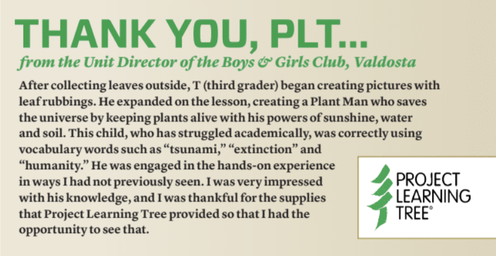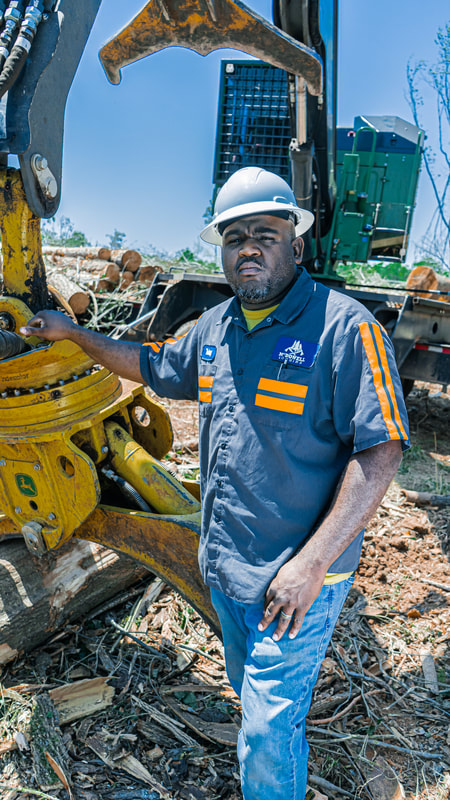Teach Your Children Well
Inspiring a New Generation of Forestry Leaders
By Stasia Kelly
Fall 2022
Education is not the filling of a pail, but the lighting of a fire


|
Georgia Forestry Magazine is published by HL Strategy, an integrated marketing and communications firm focused on our nation's biggest challenges and opportunities. Learn more at hlstrategy.com
|
